Join the author, Néstor T. Carbonell, as he shares a critical analysis of the Castro-Communist regime and explores the challenges and opportunities that will likely arise when freedom finally dawns in Cuba.
CHAPTER 6: I Inside a Doomed Expedition: The | Bay of Pigs (January-April 1961)
The lunch meeting took place the next day, April 13, at the Century Club in New York, with Berle, Schlesinger, and John Plank, a specialist on Latin America from Harvard, who had been designated Miro-Cardona’s liaison with Washington. Following are the contrasting versions of the momentous discussion—Schlesinger’s and Miro-Cardona’s—not fully covered by historians and analysts:
According to Schlesinger’s account, highlighted in his book A Thousand Days: John F. Kennedy in the White House, Miro-Cardona «was much irritated because CIA had not cut him in on the invasion. … His particular concern … was the question of the United States military support. … He displayed resistance and incredulity at the statement that no United States troops would be used.»
Berle told him, according to Schlesinger, «We’ll take you to the beaches,» but this did not satisfy him. «Berle then said that it [the invasion] could not succeed without an internal uprising, and that, if one came, we would provide the democratic Cubans with the things necessary to make it successful. Once the provisional government was established on the beachhead, we would offer all aid short of United States troops.»
Miro-Cardona «went on to tell us,» Schlesinger wrote, «that, if the provisional government was established and things then began to go badly, he planned to call for help from all the nations of the hemisphere—including the United States. He said with solemnity, ‘This help must come.'»
Schlesinger further stated in his book, «I returned to Washington considerably depressed. Whatever Miro was told [implying that someone may have assured him that US troops would be available], it was evident he simply would not believe he could not count on US military support. He is a serious person, I reported to the president, and will not be easily moved from his present position.»
Miro-Cardona’s version differs sharply from Schlesinger’s.
According to his notes, Berle informed him at the outset that «the Soviet embassy in Washington had privately expressed some interest in exploring with them a peaceful solution to the Cuban problem which would enable the exiles, including the Council leaders, to return to the Island.» When Miro-Cardona flatly rejected the proposal as a Castro-Soviet diversionist ploy, Berle told him, «We just wanted to hear your views on the subject, but please keep this in confidence.»
Schlesinger did disclose in his book that George Kornienko, the counselor of the Soviet Embassy in Washington, had approached him on April 12 (one day before the Century Club meeting with Miro-Cardona) to explore a possible deal with the United States on Cuba. According to the historian, neither Kennedy nor Rusk saw much in this trial balloon and dismissed it. If that was the case, why then was this reportedly dead issue raised with Miro-Cardona and silenced by Schlesinger in the latter’s recount of the meeting? Was the White House hoping that the Council leader would agree to a possible rapprochement with Castro and thereby provide the president with political cover to call off the invasion? Intriguing questions that remain unanswered.
Miro-Cardona then turned to the central issue of United States military support. He wrote in his notes: «When I expressed concern about the president’s statement, Berle explained that for the very same reason that [Miro-Cardona] proclaim that the invasion will be Cuban, the president has to deny US participation. But, Berle stressed, our agreement stands—’nuestros pactos quedan en pie’ were the exact words he used.» This, Miró-Cardona interpreted to mean that the agreement reached at Berle’s home on April 6 regarding the additional fifteen thousand troops remained in effect.
Why didn’t Miró-Cardona probe further? Was he reading too much into Berle’s vague response in Spanish? Or was it, as suggested by Schlesinger, that the exile leader, «as a driven man, probably heard what he desperately wanted to hear»? There may have been some wishful thinking on the part of Miró-Cardona, prompted by his strong belief that the United States had too much at stake to allow the invasion to fail. But regardless of Miró-Cardona’s interpretation, it is hard to fathom why President Kennedy’s decision not to provide US military support to the invasion was only discussed with the head of the Cuban Revolutionary Council when the brigade, geared for battle, was already on its way to Cuba.
Before the Century Club lunch ended, Miró-Cardona told Berk that he could not continue in the dark as far as the invasion plans were concerned and requested that a high-level military liaison be designated to brief him. Berle promised to fulfill his request.
The following day, April 14, US general Barley met with Miró-Cardona and Tony Varona at the Blackstone Hotel in New York. It turned out to be a courtesy visit with virtually no briefing. The general listened to Varona’s recommendation that the brigade land in Trinidad but did not disclose that the Trinidad plan was precisely what the CIA and the JCS had proposed to President Kennedy, who vetoed it as too spectacular and only accepted the whittled-down Bay of Pigs alternative. To fend off any questions, Barley gravely intoned that «in times of war the civilian leadership must yield to the military.» Before leaving, he did mention, in broad terms, that some raids on Castro’s airfields would take place the following morning (April 15).
The Council leaders would only learn, after the fact, that the D-2 raids, carried out by brigade pilots posing as defectors, were cut in half by the president and later suspended. This enabled the Castro regime to retain enough T-33 jets and Sea Fury fighters to sink or severely damage several of the defenseless brigade ships on D-Day.
Realizing that the April 15 raids were but a prelude to the invasion, Castro had enough breathing space to ward off any attempt by the underground to ignite an uprising. In an unprecedented wave of arrests across the island, as many as one hundred fifty thousand to two hundred thousand suspects were packed into stadiums, theaters, and music halls. Among those detained were key activists of the resistance movement who had not been apprised of the imminent invasion.
One of the freedom fighters, Jose Basulto. a member of the brigade infiltration team operating on the island, managed to avoid arrest. When he received a belated CIA coded message to rise and blow bridges, he wired back with a mix of distress and stinging sarcasm: «Impossible torise. Most patriots in jail. Thanks for your damned invitation. Closing transmission.»
Having crippled the resistance movement and overcome the limited air strikes, Castro threw down the gauntlet. On April 16, the day after the strikes, in a staged event reminiscent of Adolf Hitler’s rallies, Fidel gave a stirring speech, ostensibly to honor seven Cubans killed in the raids. But the speech was much more than a eulogy or even a morale booster. It was a message to Washington, one of defiance and glee. With his strident voice and fiery gaze, a stabbing finger pointed north, Castro thundered: “What they [the imperialists] cannot forgive is that we have made a socialist revolution right under the very nose of the United States!”
This was the first time Castro publicly admitted that the revolution he had spawned was socialist. Not the silken socialism of Scandinavia, but the harsh Stalinist version of Marxism-Leninism, spewing anti-US venom and spurring Moscow’s expansionist design.
The invasion went ahead on the seventeenth with virtually no support from the underground, hamstrung by mass arrests, and with no air cover to protect the ships and the troops during the landings. In the letter that accompanied the Bay of Pigs plan, Colonel Hawkings had issued this stern warning: «This is a marginal plan. It will succeed only if all elements of the plan are left intact. Also, all of Castro’s fighters must be destroyed on the ground prior to the landings. If only one of his fighters is left intact, the invasion forces must withdraw at once. Otherwise, this operation will result in a complete disaster.»
The brigade’s old B-26 medium-range bombers were no match for the enemy’s T-33 jets. Sea Fury fighters, and B-26 bombers-iba! remained operational after the curtailed July 15 raids (a total of seven planes). The tail gun turrets of the brigade’s bombers had been removed to reduce weight and allow the mounting of two droppable fuel tanks on the wings. The extra fuel was necessary for the long flight from the Puerto Cabezas, Nicaragua, rear air base to Cuba. The planes required nine hours to turn around for a second mission from Nicaragua.
Despite their vulnerability, no fighter escort was provided to protect the bombers, particularly from the feared T-33’s. These small jet trainer/fighter planes were much faster than the brigade’s bombers. They carried rockets under their wings and two. 50-caliber machine guns with a lethal velocity of seventeen hundred rounds per minute.
From April 15 to April 19 the brigade flew thirty-six missions over Cuba. Eight of its planes were downed and fourteen pilots were killed, four of them Americans.
Still, against all odds, the brigade’s infantry battalions and paratroopers were able to seize early on a beachhead forty-two miles long and twenty miles deep. But lack of ammunition made it impossible for them to hold their tenuous positions. They had spent most of their ammunition the first day, and the resupply had either gone down with the two bombed ships or was out at sea aboard the other defenseless vessels and landing crafts that could not return to offload their cargoes.
Even with scarce ammunition, and under heavy bombing, the brigade troops fought with remarkable resilience and courage, as evidenced in the battle of La Rotonda, a strategic intersection near Playa Larga where combat raged for more than six hours. Erneido Oliva, the wiry and magnetic former officer of the Cuban army and second-in-command of the brigade, took a firm stand with three hundred seventy men and three tanks. They stymied the advance of over twenty-one hundred soldiers and more than twenty tanks and inflicted heavy casualties on Castro’s forces: five hundred dead and one thousand wounded. Oliva had twenty dead and fifty wounded.
At dawn on April 18, after the first wave of Castro’s forces had withdrawn, one of their heavy Stalin tanks suddenly approached La Rotonda. The brigade soldiers in that area were exhausted and nearly out of ammunition. Some had started to head toward the beaches. To set the example, Oliva placed a 57 mm cannon in the middle of the road, knelt down, and faced the enemy tank. Luckily for Oliva, the tank stopped, the hatch opened, and the driver got out and approached him.
«Are you the commander of these men?» he asked Oliva.
«Yes,» he replied.
«I congratulate you because these men are heroes. I would like to fight with you.»
This is a testament to the bravery and military deftness of the brigade officers and soldiers. It is also a hint of what they could have achieved had they ruled the air, as planned, and had had enough ammunition to hold the beachhead and enable the Council leaders to form a government-in-arms and secure international recognition and support. If those two conditions had been met, the outcome of the Bay of Pigs could have been starkly different. This, of course, is conjecture, but highly plausible. What we do know for certain is that absent air cover to obtain vital resupply and reinforcement, the brigade was encircled by Castro’s troops on D+2 and forced to retreat to the beaches.
The last messages sent by the military chief of the brigade, Jose «Pepe» San Roman, reflect the mettle of this stalwart commander in the face of disaster. The dispatches were recorded by Grayston «Gray» L. Lynch, the US Army captain and CIA officer who went ashore at the Bay of Pigs with the brigade’s frogmen to mark the landing areas and subsequently handled communications from the command ship Barbara J.
Well aware of the desperate situation of the brigade and of President Kennedy’s decision not to provide US military support, Lynch told San Roman, «Remember, Pepe, that if things get too bad, we will come in and bring you out.»
Pepe: «No, Gray, we will not leave this island. We will fight to the end here if we have to. Thank you, but we will not evacuate.»
Pepe (later): «Tanks closing on Blue Beach from north and east. They are firing directly at our headquarters.» Then: «Fightingt3noeach. Send all available aircraft now!» And: «In water, out of ammunition. Enemy closing in. Help must arrive in next hour.»
Pepe’s last words: «I can’t wait any longer. I am destroying my radio now.» The radio went silent. It was over.
As Grayston Lynch poignantly wrote, «The brigade’s fight was ended. Its men were not defeated in battle, nor did they surrender. They simply ran out of ammunition, and the fighting slowly died away. … Many have called the Bay of Pigs invasion a fiasco. It was not a fiasco—it was a tragedy. For the first time in my thirty-seven years [of service], I was ashamed of my country.» This from a decorated army officer who had been wounded at Normandy, at the Battle of the Bulge, and at Heartbreak Ridge in Korea; had served with the Special Forces in Laos; and had received three Purple Hearts, two Silver Stars, and one Bronze Star with a V for valor.
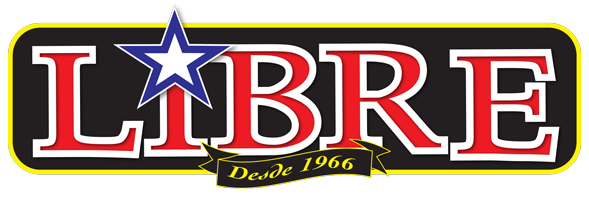
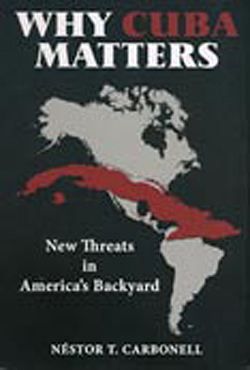

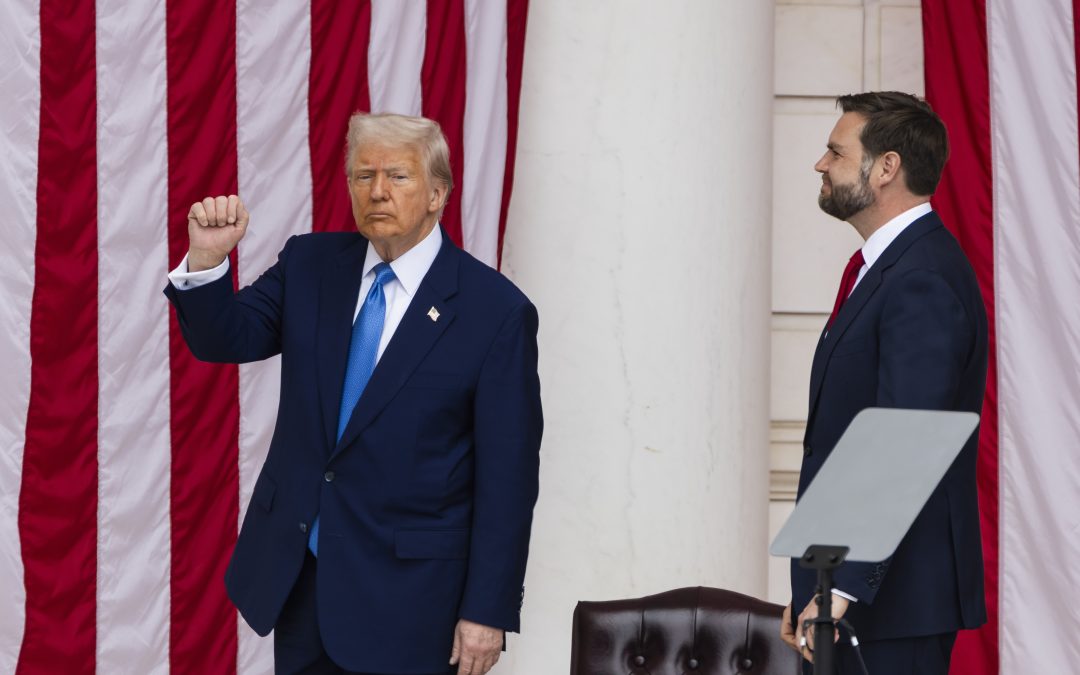
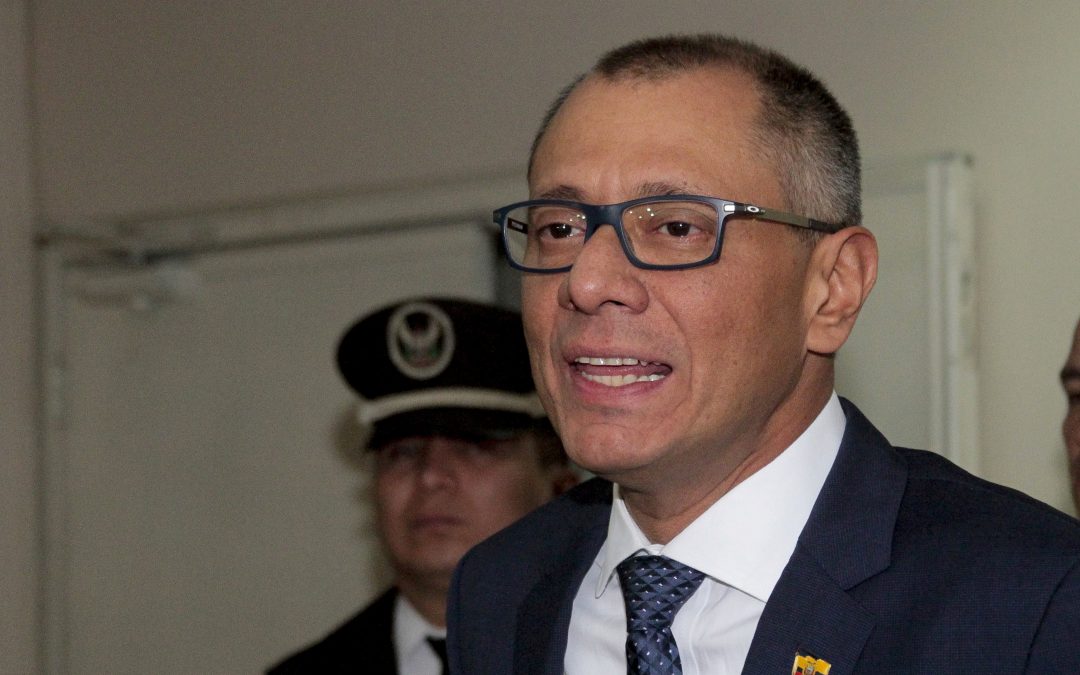
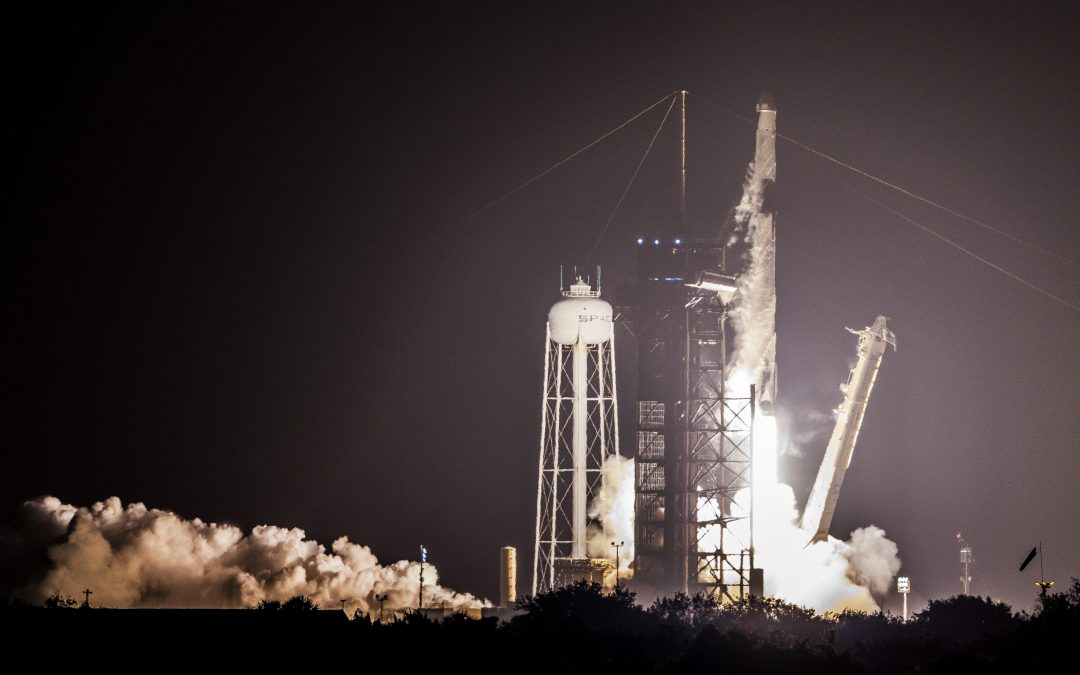
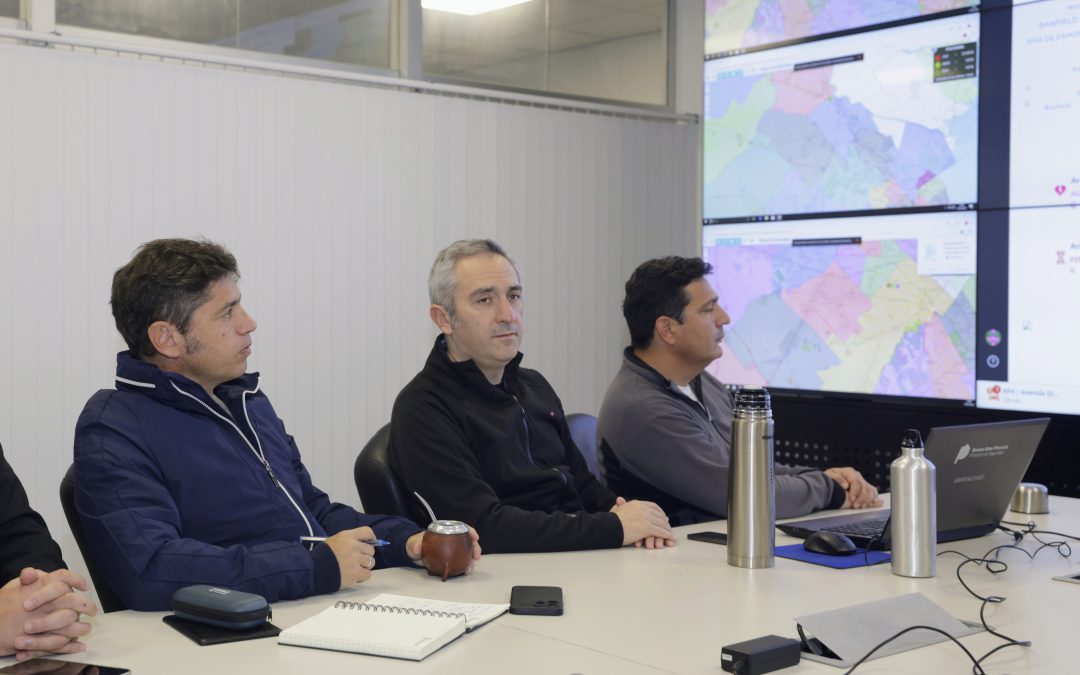




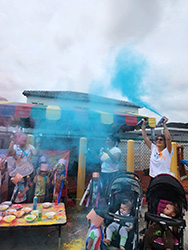
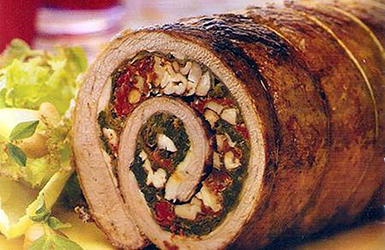
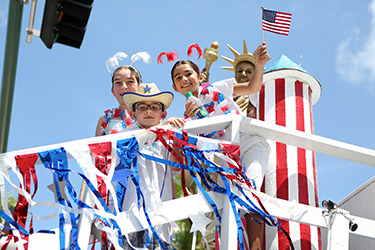
0 comentarios